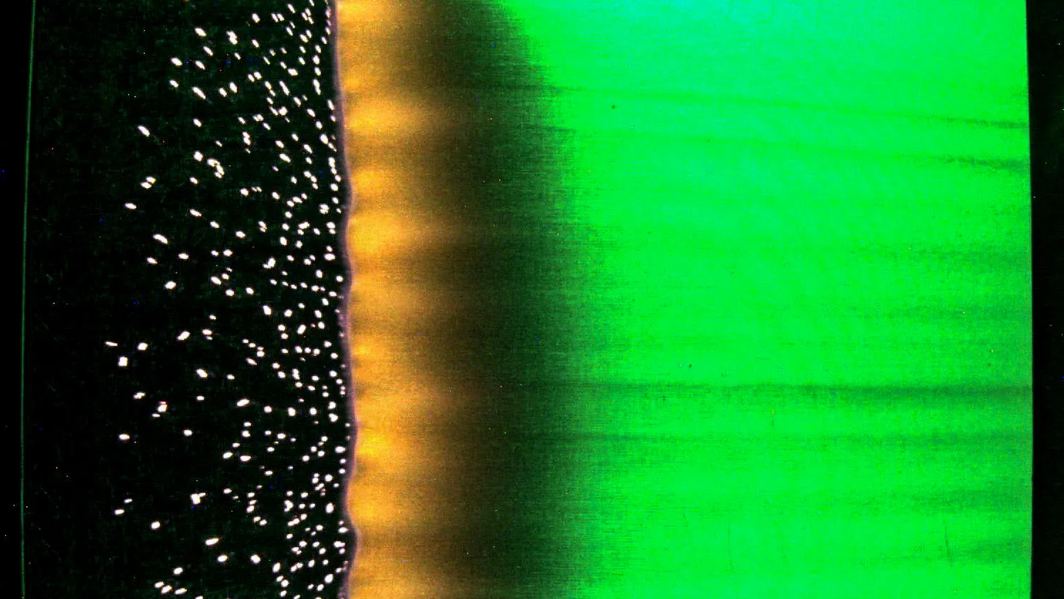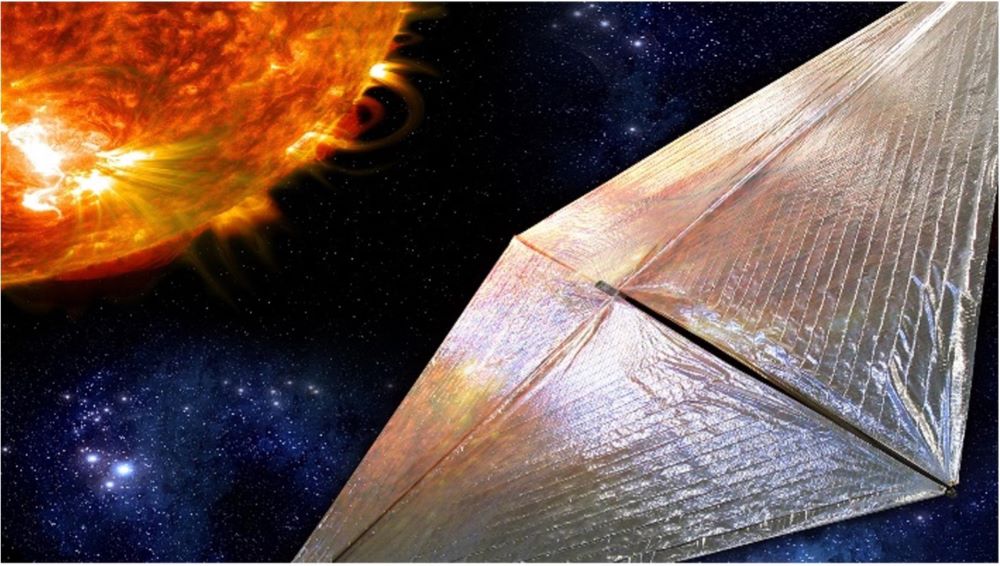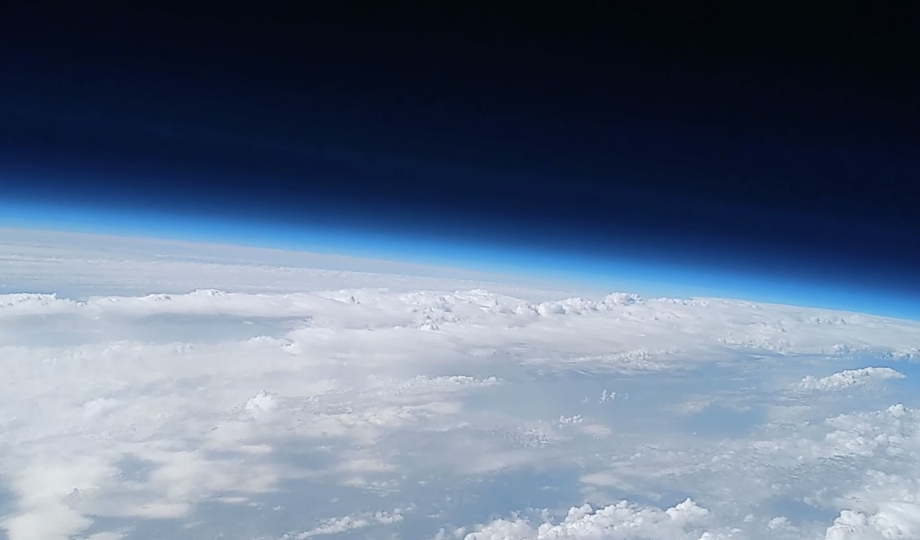Fire on a spacecraft can be catastrophic. It can spread quickly in a confined space, and for trapped astronauts, there may be no escape. It’s fading in time now, but Apollo 1, which was to be the first crewed Apollo mission, never got off the ground because of a fire that killed the crew. There’ve been other dangerous spacecraft fires too, like the one onboard the Russian Mir space station in 1997.
In an effort to understand how fire behaves in spacecraft, NASA began its Saffire (Spacecraft Fire Safety Experiment) in 2016. Saffire was an eight-year, six-mission effort to study how fire behaves in space. The final Saffire test was completed on January 9th.
Continue reading “NASA is Done Setting Fires Inside its Doomed Cargo Spacecraft”



